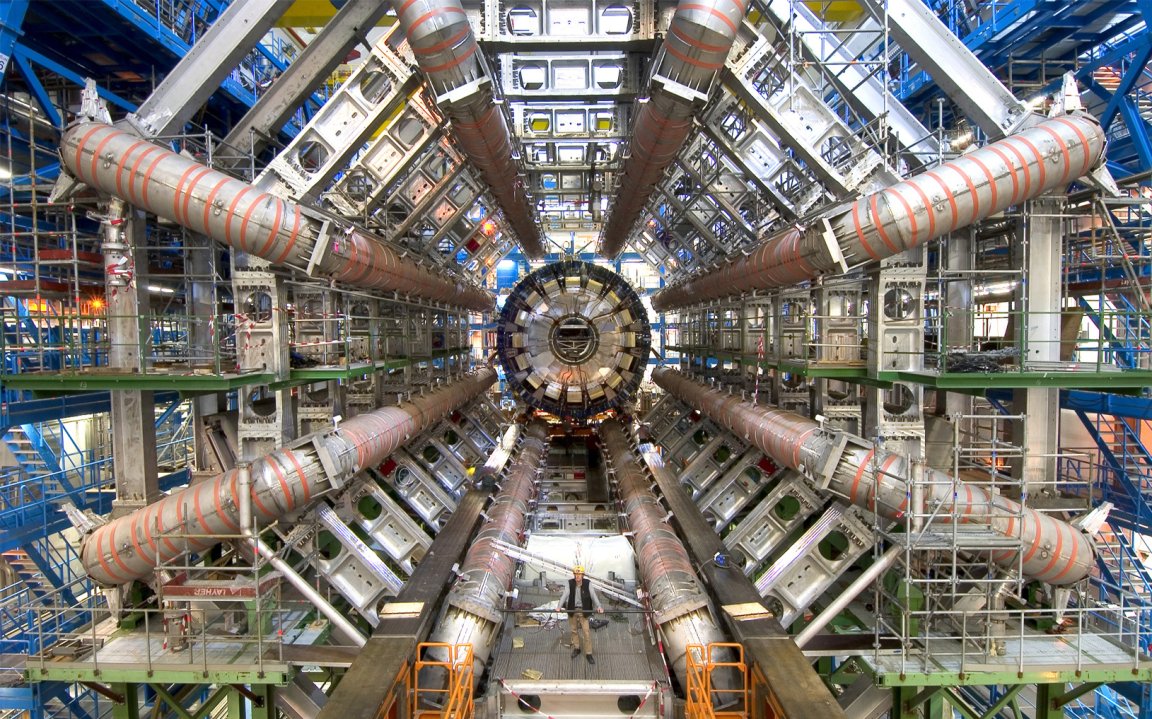
- The material was discovered by colliding protons with lead nuclei at high energy inside the supercollider’s Compact Muon Solenoid detector. Physicists have dubbed the resulting plasma the “littlest liquid.”
- “It’s believed to correspond to the state of the universe shortly after the Big Bang,” said Quan Wang who participated in the research. Wang said such experiments might help scientists to better understand cosmic conditions in the instant following the Big Bang.
- The unexpected discovery was said by senior scientists associated with the CMS detector to shed new light on high-energy physics. The researchers described quark-gluon plasma as a very hot and dense state of matter of unbound quarks and gluons—that is, not contained within individual nucleons. The paper was published in APS Physics.